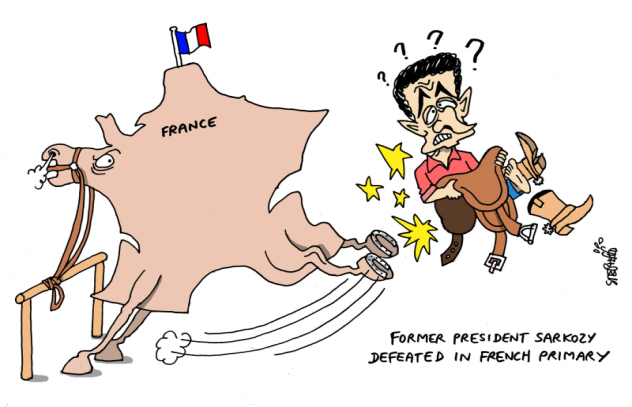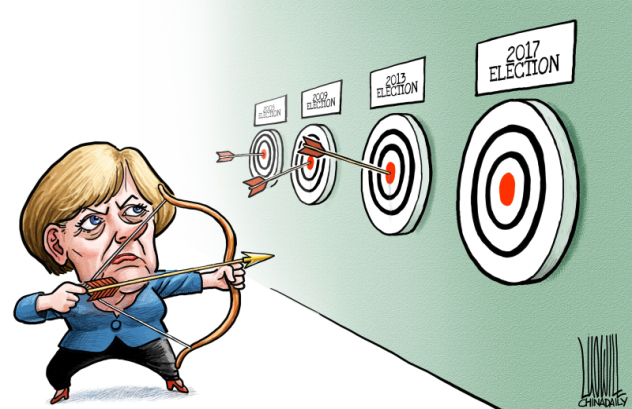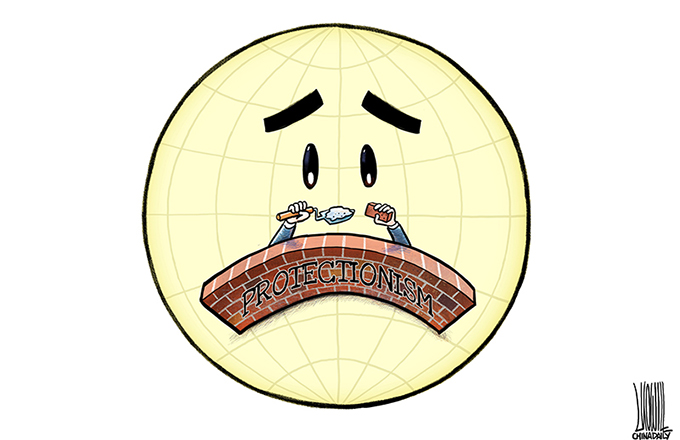Report on the growing US military presence in the Asia-Pacific region
III US alliances, partnerships and military cooperation
Japan plays an important role in supporting the US' dominance in the Asia-Pacific. At present, the US has more than 100 military facilities, around 50,000 military personnel, and plenty of advanced weaponry and equipment in Japan. In October 2015, the flagship nuclear-powered aircraft carrier USS Ronald Reagan was deployed to Japan.
In the Republic of Korea, the US has the second-largest military presence in Asia. In June 2015, the US approved an arms sale worth $1.91 billion to the ROK. In March 2016, the US announced that it had reached an agreement with the ROK on deploying the Terminal High Altitude Area Defense, or THAAD, anti-missile system in the ROK, professedly to counter missile threats from the Democratic People's Republic of Korea.
The Philippines has been an important ally of the US in Asia for decades. In April 2014, the US and the Philippines further deepened their military cooperation by signing a 10-year Enhanced Defense Cooperation Agreement in which the Philippines broke its constitutional restraints and allowed the US to use its military bases through rotational deployment.
The US-Australia military alliance is an integral part of the US alliance system in Asia-Pacific. In November 2011, US President Barack Obama and then Australian Prime Minister Julia Gillard jointly announced two Force Posture Initiatives, which allowed the US to deploy 200-250 Marines in Darwin for around six months at a time on a rotational basis starting from 2012, and increased rotation of US aircraft. In 2014, the US and Australia officially signed a 25-year Force Posture Agreement, which provided the legal basis for US military presence in Australia.
The US has also deepened its alliance with Thailand as it has rolled out its rebalancing to the Asia-Pacific. The two countries signed the Joint Vision Statement for the Thai-US Defense Alliance in 2012.
The US has always considered Singapore as an important partner in Asia thanks to Singapore's unique geographical location. Changi Naval Base and Paya Lebar Air Base have become the largest and most important footholds for the US in the South China Sea region. In December 2015, the United States and Singapore signed an Enhanced Defense Cooperation Agreement for the deployment of P8-A anti-submarine patrol aircraft in Singapore for the first time.
The US has been improving its military and security relations with Vietnam in recent years. The US Navy signed a military medical cooperation agreement with its Vietnamese counterpart in August 2011, the first bilateral military cooperation agreement since the normalization of relations between the two countries in 1995. During his visit to Vietnam in May 2016, Obama announced the full removal of the US' 50-year arms sales embargo on Vietnam.
The United States holds CARAT joint military exercises with Malaysia every year and has helped it build a radar station to strengthen monitoring in the South China Sea.


















